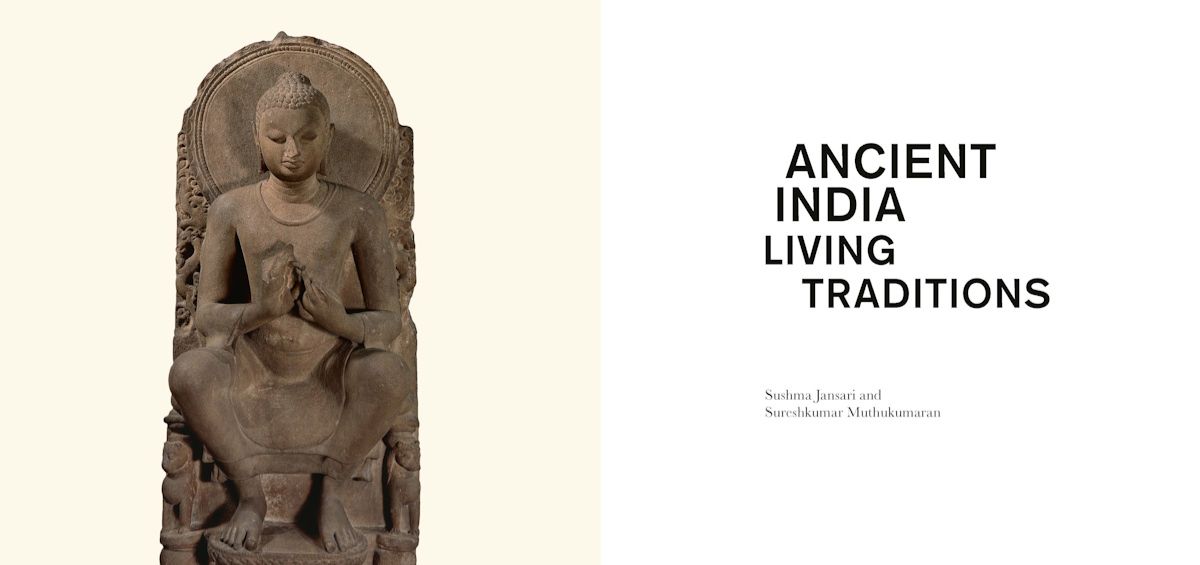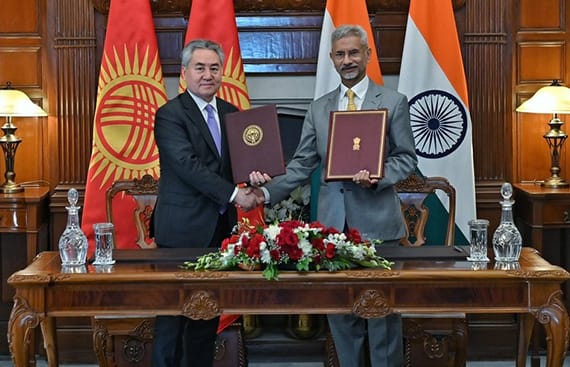 Image Source: British News Yahoo UK
Image Source: British News Yahoo UK
The British Museum’s latest exhibition, Ancient India: Living Traditions, invites visitors on an incredible journey through more than 2,000 years of sacred art and vibrant heritage from the Indian subcontinent. While the exhibit impresses with over 180 artifacts and an immersive exploration of Hindu, Buddhist, and Jain traditions, some critics feel it doesn’t quite capture the full richness and complexity of India’s cultural legacy.
Key Highlights
• Rich Display, Global Context: This exhibition features a stunning array of sculptures, paintings, manuscripts, and objects that trace the evolution of sacred art and its global influence—from the beloved elephant-headed Ganesha to the tranquil Buddha, and the intricate motifs of Jainism. It also emphasizes how these traditions continue to impact lives around the world, particularly within the South Asian community in Britain.
• Curatorial Collaboration: Crafted with insights from practicing Hindus, Buddhists, and Jains, the show strives for inclusivity and modern relevance, complete with provenance labels that share each object’s journey and the sometimes contentious history of their acquisition.
• Colonial Shadows: The exhibition doesn’t shy away from the difficult conversations surrounding colonialism and restitution, openly addressing how significant pieces—like the remains of the Amarāvati Stupa—were taken from India, along with the complex roles played by both British and South Asian collectors.
• Criticism of Scope: Renowned historian William Dalrymple and others have voiced concerns that the British Museum is not adequately representing India’s crucial role in ancient global trade and culture, particularly in related exhibitions like the Silk Roads. They describe this omission as “perverse to the point of peddling an untruth,” arguing that the museum’s narrative still leans on outdated Western-centric myths and fails to acknowledge India’s importance as a center of ideas, goods, and spiritual exchange.
Outlook
While Ancient India: Living Traditions is a significant event for art enthusiasts and cultural historians alike, its reception highlights the ongoing discussion about how Western museums interpret and present diverse cultural narratives.
Source: The Indian Eye, The Art Newspaper, Artnet News
Advertisement
Advertisement







